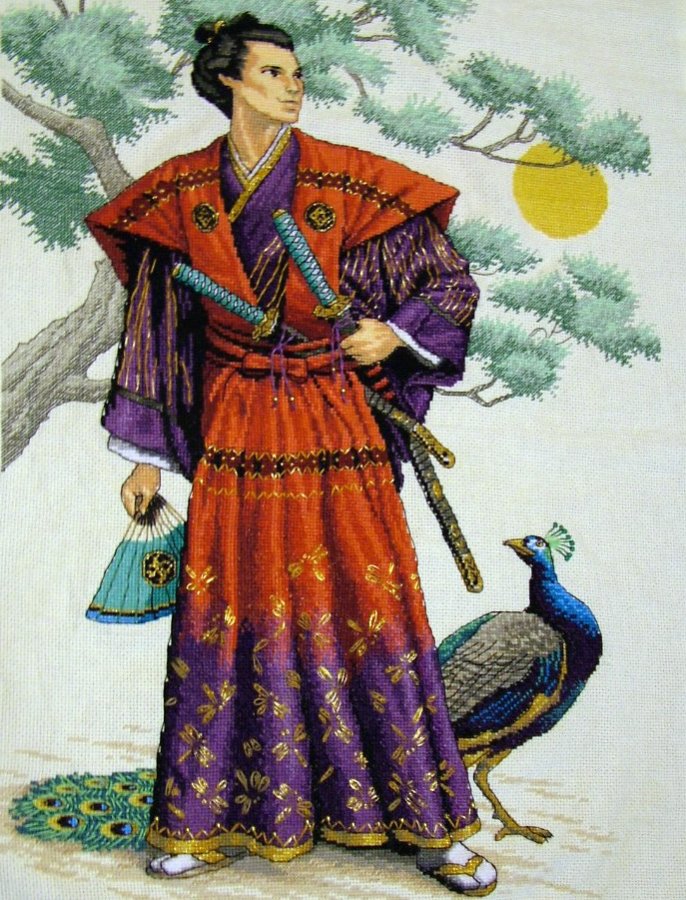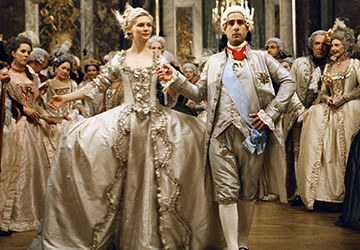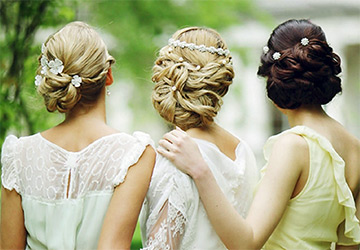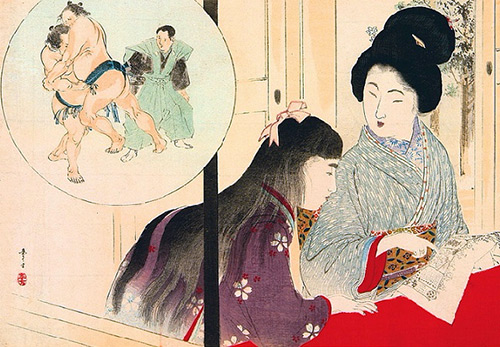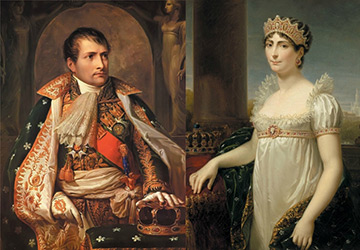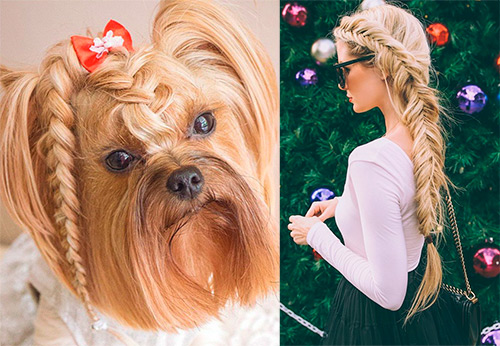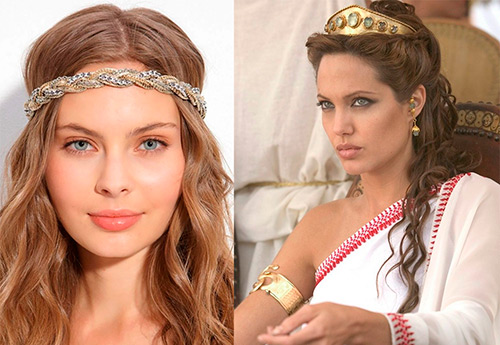Fashion history
Traditional Japanese hairstyles
The Japanese have borrowed many of their cultural traditions from the Chinese. So, the Japanese borrowed the tea ceremony from the Chinese, the art of writing - calligraphy, and the language itself. And also a suit and hair. However, the inhabitants of the Japanese islands themselves once sailed from China a long time ago. But the Japanese never mindlessly copied. Taking the basics, they modified everything beyond recognition, while improving and making it more elegant. The same thing happened with the hairstyles.
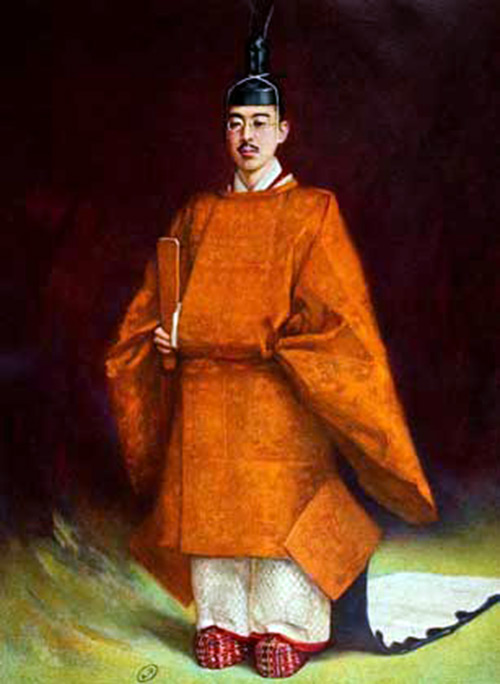
Emperor Hirohito (1901-1989), 124th Emperor of Japan.
Traditional costume and hairstyle.
Mens hairstyles japan
The emperor and the nobility wore a hairstyle consisting of hair twisted into bundles and tied at the crown of the head in buns. Silk or velvet bags were worn on top of such a hairstyle.
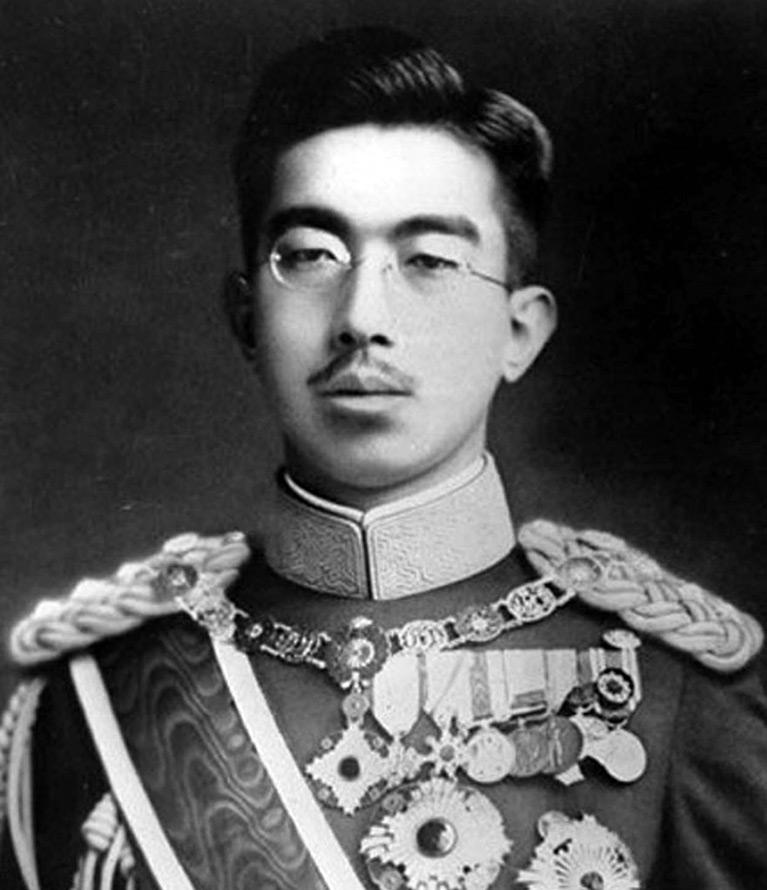
Emperor Hirohito (1901-1989), 124th Emperor of Japan.
Zangiri hairstyle.
At the same time, the emperor and his family members could wear a headdress in the form of high round caps made of black silk over their hair.
By the way, hats were not popular among the Japanese. The only hats that were most often worn by peasants, since they had to protect their heads from the sun, but not only peasants, these hats could sometimes be worn by noble people, were cone-shaped hats with wide brim made of cane, bamboo or straw. They were worn by both men and women.
The samurai also had their own hairstyle. It was called “samurai hairstyle”. From the front, the hair was shaved off, from the back of the head and temples, it rose up and curled up in a tourniquet, which was passed through a small case. The case, in turn, could be made of brocade, bamboo sticks, or gilded cardboard.
The faces of the Japanese have traditionally been shaved. Only old people wore a mustache and a small beard.
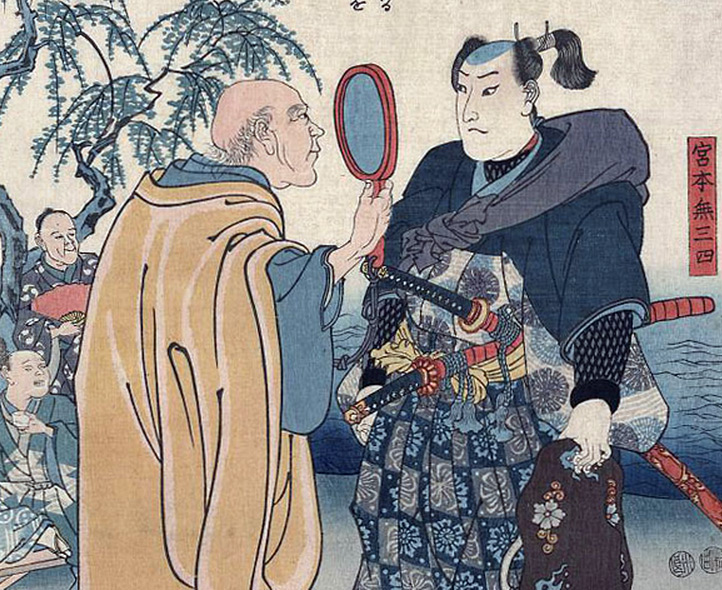
Engraving by Utagawa Kuniyoshi from the Library of Congress archives.
Trade with Europeans.
In the 19th century, Japan is going through a period of so-called Europeanization. After a long period of forced isolation (the Japanese deliberately fenced off from the West and even banned any European ships, not just military and commercial ones, from sailing to their shores), the next Japanese emperor decides to reform Japanese society according to the Western model. His reforms were successful. But they, however, concerned not only the economy, but also the very life of society, as well as the appearance of the Japanese.
In 1871, a decree was issued, according to which the class boundaries of Japanese society were erased, for example, it was forbidden to wear swords, and European hairstyles were also introduced - short haircuts, which in Japan were called zangiri.
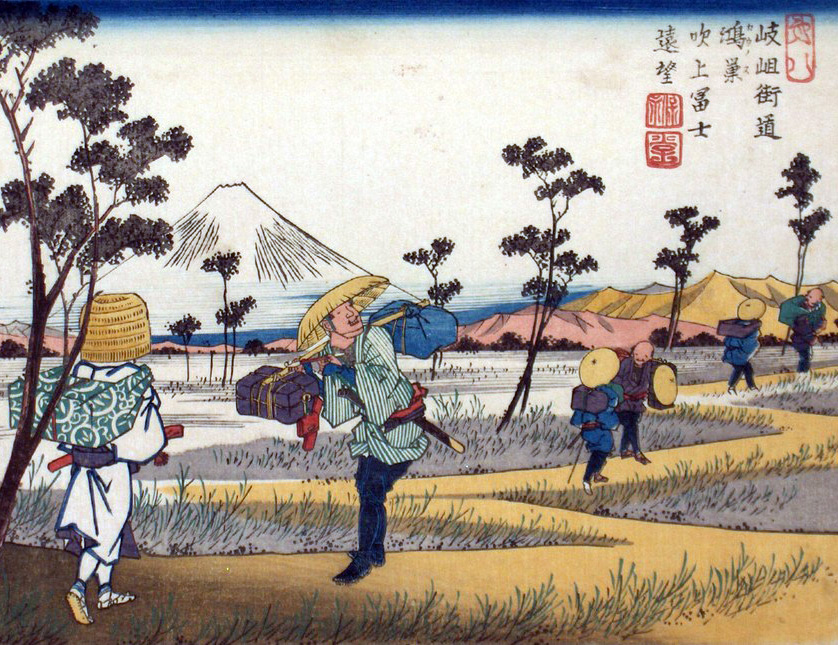
Traditional Japanese bamboo cone hats.
The traditional Japanese children's hairstyle for boys was a shaved head hairstyle, which left only small patches of hair above the temples or on the crown of the head. This hair was tied at the very base with ribbons.
Monks, like nuns, walked with their heads completely shaved.
Womens hairstyles japan
As for women's hairstyles, they were very complex. Women's hairstyles most often consisted of several elements. They were tall hairstyles with buns. When creating them, velvet rollers and pads were used, which were placed under the hair, for example, under bundles of hair and visually increased their size. As well as various ridges, which not only performed decorative functions, but also held the very structure of the hairstyle.
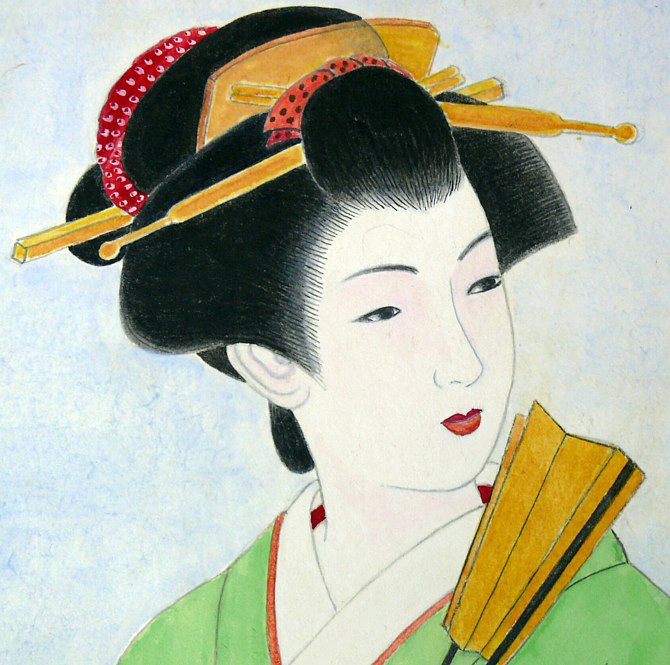
Japanese painting. Beauty with a Fan, 1927
Women's hairstyle.
Women's hairstyles were mostly made from natural hair, but wigs could also be used by noble ladies. As for women from ordinary families, they also wore high hairstyles with buns, but simpler and less decorated.
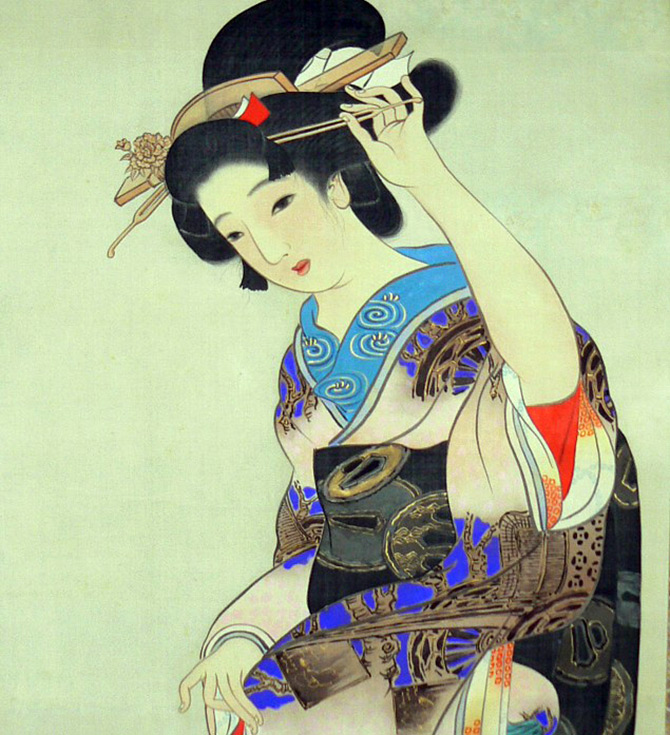
Beauty Walking, Japanese Scroll Drawing, 1880s
To preserve hairstyles during sleep, women used special wooden supports - headrests.
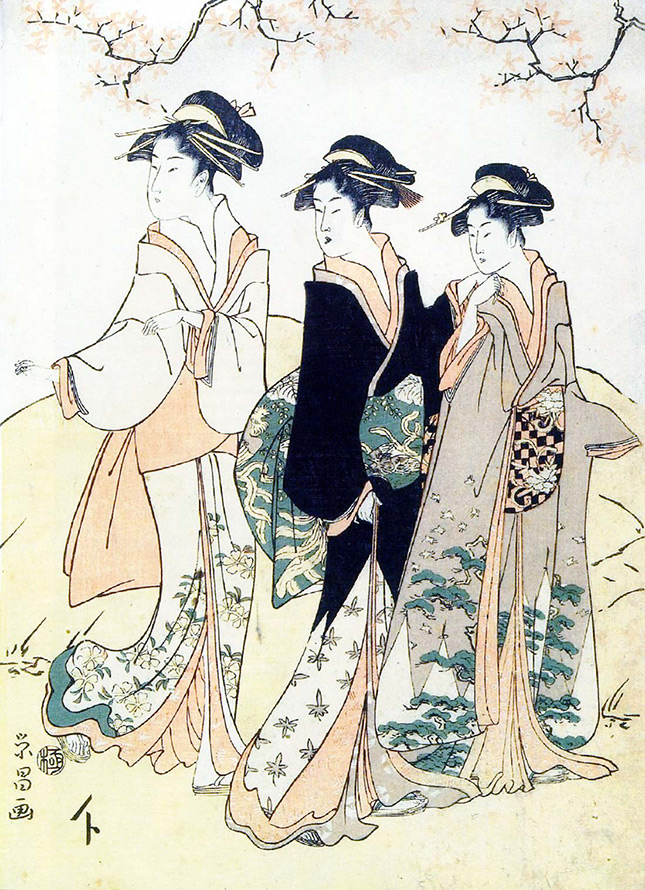
Three beauties in the shade of a cherry. Chokosai Eisho. Edo period (late 18th century).
Geisha had the most complicated hairstyles. The very word geisha (or geisha) literally translates as a man of art. According to legend, the first geisha was a man. This was a man whose task was to entertain noble Japanese during a meal - he had to be able to maintain a conversation. The same became the duties of geisha - to communicate with men at a meal, to brighten up their leisure, to maintain a conversation about literature and art.
Accordingly, the geisha themselves must be versed in the arts. Geisha have a mistress. Mistresses teach future geisha girls from early childhood, after which they give them part of their earnings. A geisha can become independent (work without a mistress), but for this she will need to redeem herself. The geisha can also be redeemed by the man with whom she will live. But in this case, her "husband" should take care of the geisha's outfits.

Hour of the Snake. Series Women at different hours. Kikugawa Eizan. Edo period (dated 1812).
Geisha hairstyles were the most complex in design. But their main difference from the hairstyles of ordinary Japanese women was hairpins with tiny fans at the ends, as well as paper flowers in their hair.
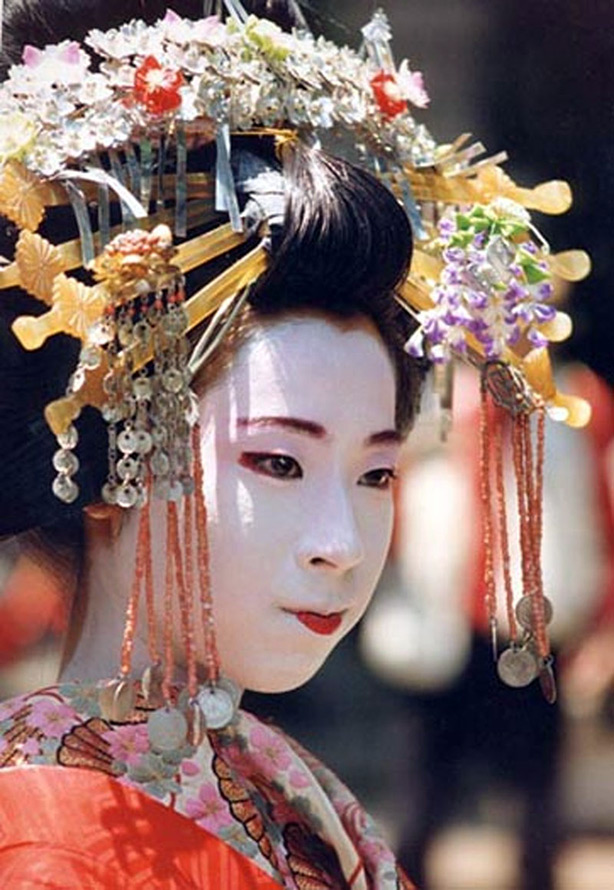
Geisha hairstyle.
The girls wore braids.
The use of cosmetics in Japan was also interesting. Cosmetics in Japan were used by everyone - both men and women. According to the etiquette of the imperial palace, the Japanese had to be dressed and rouged to the reception. At the same time, the lips of Japanese women were most often tinted with green paint.
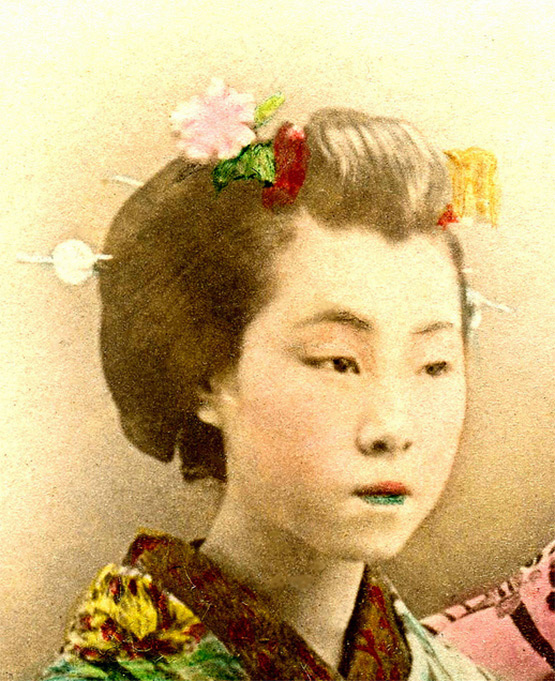
Geisha hairstyle (makeup - green lipstick).
Among the noble Japanese women there was a fashion for completely shaving off their eyebrows. In place of the eyebrows, large round colored spots were drawn, which reached the frontal tubercles.
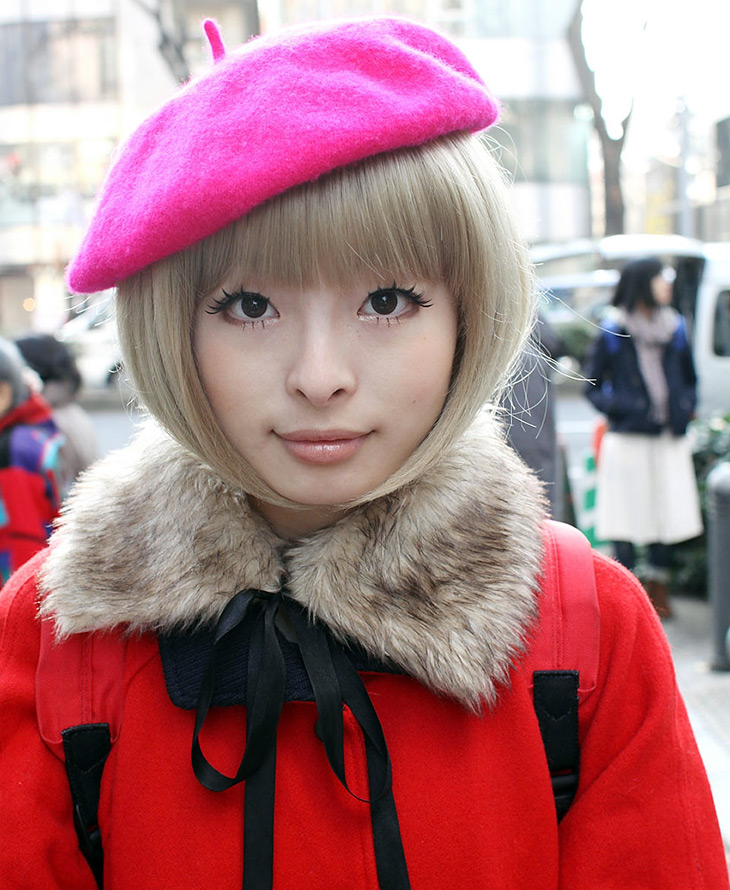
Modern Japanese hairstyles
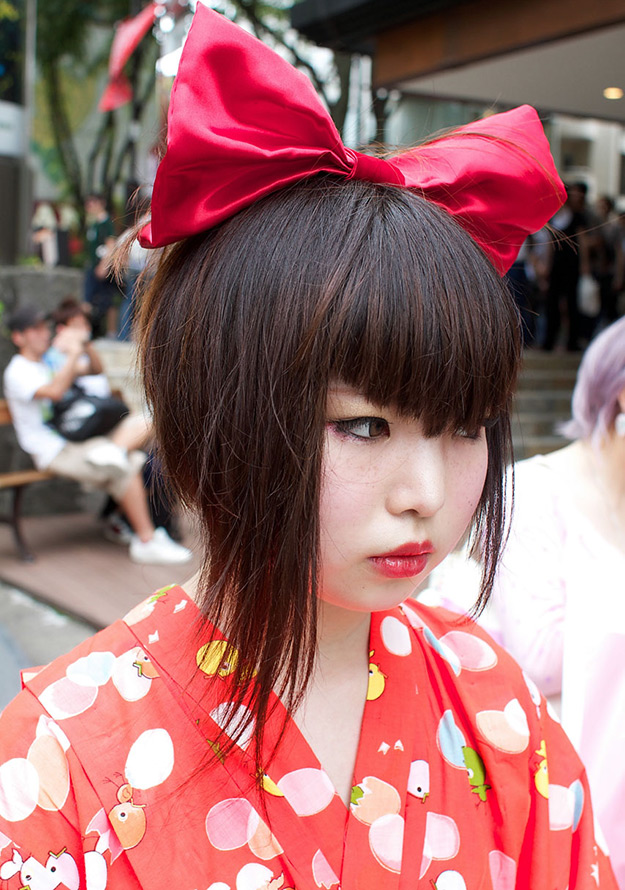
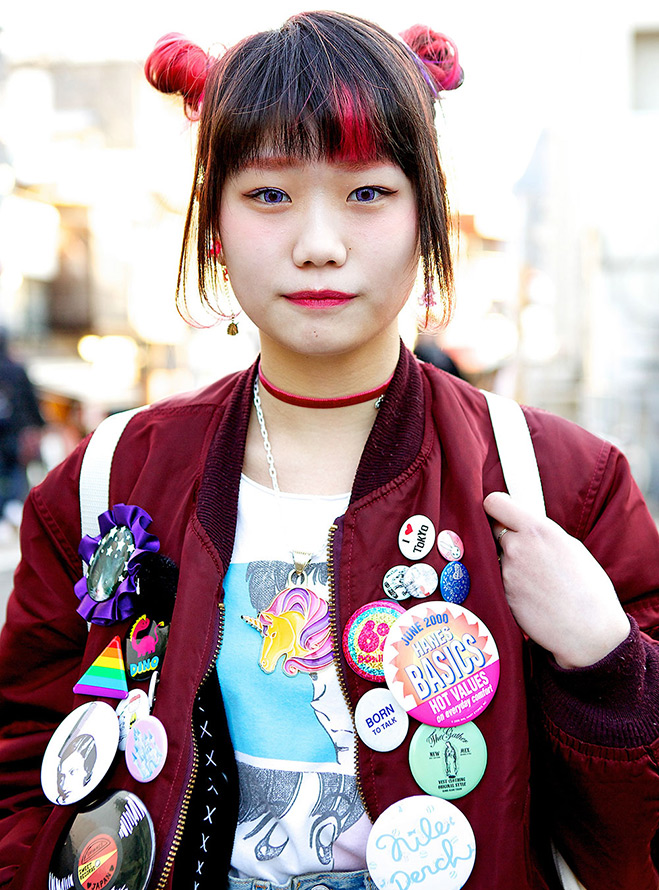
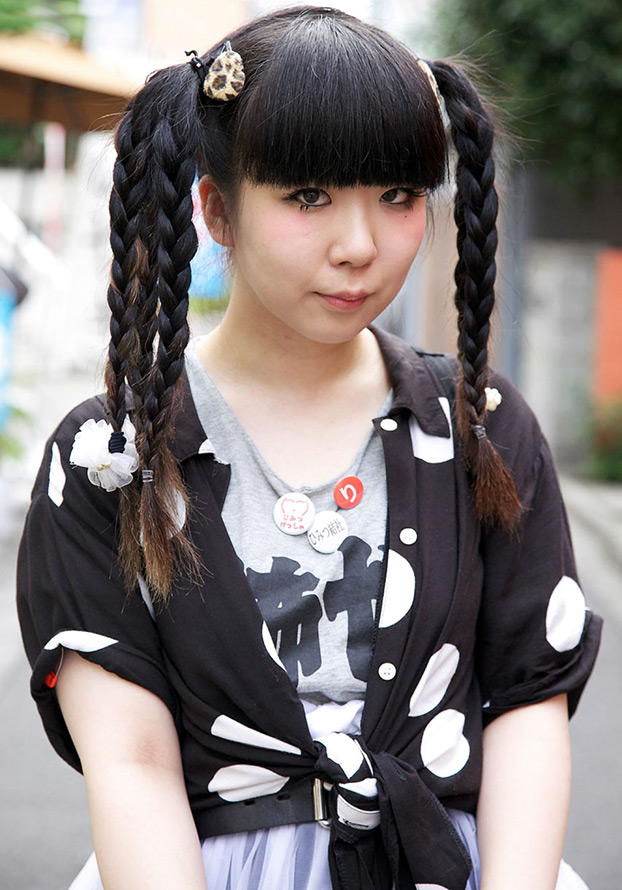
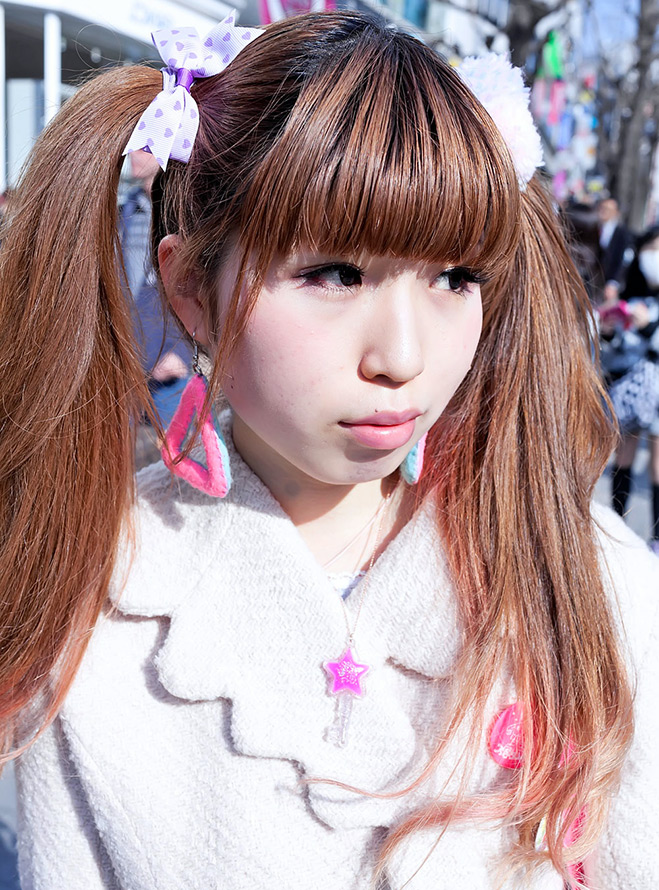
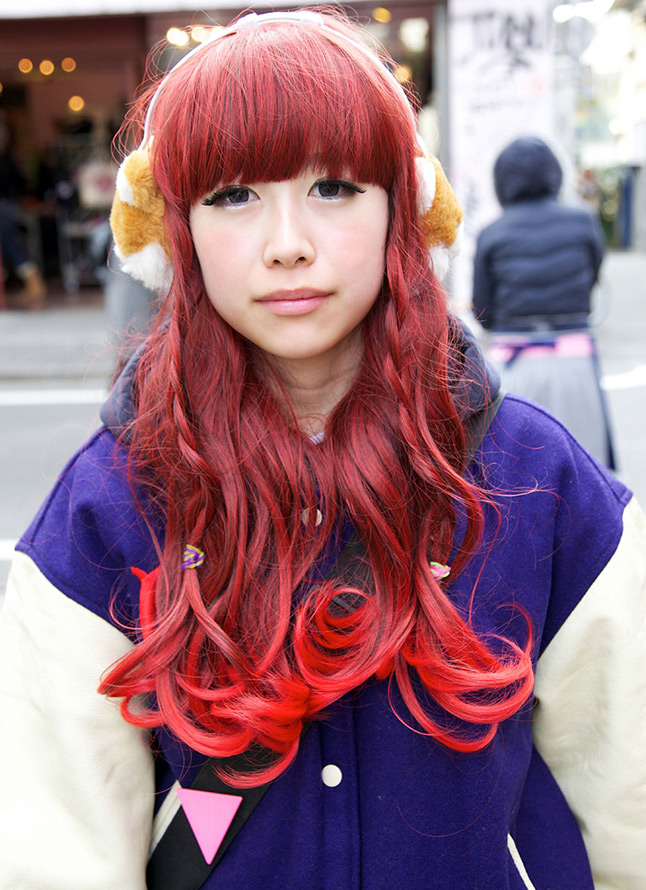
Veronica D.
Comments and Reviews
Add a comment
Rating news
Shades of clothing that make women look younger
What shades of hair make women younger: rules and photos
Funny wedding dresses - photos and ideas
12 most expensive down jackets for the winter
How to look 25 at 40: tips from supermodels
Beautiful schoolgirls
Anti-aging haircuts and hairstyles for women
Fashionable skirts for autumn and winter
Fashionable women's trousers for the cold season
Fashionable and stylish sandals for summer 2024
Spring-summer 2024
 Fashionable dresses and tops with thin spaghetti straps
Fashionable dresses and tops with thin spaghetti straps
 Bandana tops: how to wear stylishly and beautifully
Bandana tops: how to wear stylishly and beautifully
 How to put together the perfect men's wardrobe for the summer
How to put together the perfect men's wardrobe for the summer
 Trendy shorts for spring-summer 2024
Trendy shorts for spring-summer 2024
 Fashionable skirts for spring-summer 2024: a guide to online shopping
Fashionable skirts for spring-summer 2024: a guide to online shopping
 The most fashionable dresses spring-summer 2024: styles and colors
The most fashionable dresses spring-summer 2024: styles and colors
 Fashionable total look 2024: image ideas and trends
Fashionable total look 2024: image ideas and trends
